Overworked scientists from a broad range of disciplines are helping make this ‘the most quantified outbreak of all time’
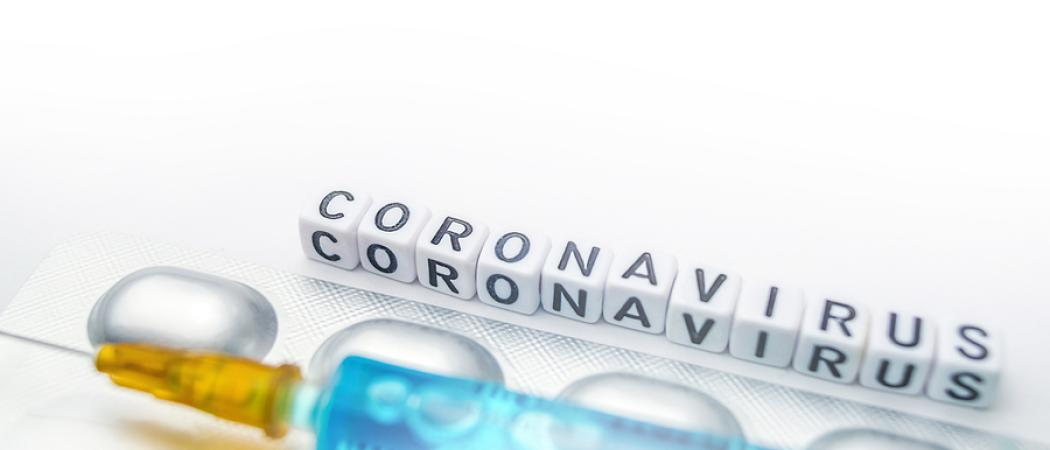
Scientists of all backgrounds are joining the breakneck race to track the coronavirus pandemic as it barrels throughout the world.
The speed of events has invigorated many, but is also driving some to the point of exhaustion.
“There’s a huge creative energy coming from all fields for tackling the disease,” said Bernhard Schölkopf, director of the Max Planck Institute for Intelligent Systems in Tübingen, Germany. “Things are happening very fast, and maybe not with the same scrutiny we’re used to in science.”
Schölkopf convened a meeting of data scientists from around the world over webcam on Wednesday to discuss ways they could support doctors, nurses, politicians, epidemiologists and virologists with practical ways of containing the infection.
The crisis has turbocharged cooperation and enabled research to move faster than during any previous outbreak.
“I’ve never seen the scientific community so collaborative,” said Christopher Mason, associate professor of physiology and biophysics at Weill Cornell Medicine. “This will be the most quantified viral outbreak of all time, which is awful, but it lets us prepare for the future.”
Mason and a team of scientists from all over the world have swabbed public areas – metro stations, detention centres, hospitals – in 25 countries to see if and where the coronavirus is residing. The data is all going straight on the internet for dissection by scientists, before formal peer review begins.
According to Mason, there have not been many signs of coronavirus in the New York subway yet, although they have only been swabbing since March 16 and have collected a small number of samples, with numbers ramping up quickly.
“Things have really spiked in the US; we will surpass a million cases in a few days. I haven’t been sleeping much. I’ve not seen my wife much recently either, so if someone could tell her I love her, that would be great,” Mason said.
He is working with the mayor’s office to establish ‘pop-up labs’ in New York, so he can swab peoples’ phones. “We used to do this for fun before, but now it’s real,” Mason said.
What scientists have learned about the coronavirus so far from the environmental survey, is that it is, “wimpy outside the human body. UV rays from the sun will kill it, although in the dark it seems to survive quite well,” said Mason.
“There’s little evidence so far about whether it resides in the air. There was one patient though who left [traces] of the virus all over their room – in the sink, around the toilet, even in the room’s exhaust fan. That’s a bit terrifying.”
As a precaution, Mason says anything he buys from the supermarket, he sprays down and leaves to sit for 15 minutes before touching.
Tracking where Spaniards go
In Valencia, Spain, Nuria Oliver, high commissioner for artificial intelligence at the regional government office, Generalitat Valenciana, has gathered a team of data experts from the Jaume I University, to track how the public is conforming to the government lockdown order and the typical distances people move every day.
“My life before was a very happy life, I was working hard on setting up an [artificial intelligence] unit in Alicante. Then COVID-19 happened. The country is really struggling to combat the spread of the pandemic,” said Oliver, who is also chief scientific adviser at the Vodafone Institute.
The regional authority passed an order last weekend, mandating the three biggest mobile companies – Movistar, Vodafone and Orange – to share user location data, which gives Oliver and her team a better idea of where Spaniards go during the day and night. Once all the data is analysed, the researchers hope to have a clearer idea of when and where lockdown measures work.
Oliver insists there is no way users can be identified as no personal data is being transferred. Additional safeguards include non-disclosure agreements and everyone signing up to a code of ethics. The researchers don’t have full access to the data either; just to the information that’s relevant to their work.
When it finds moments to spare, the team is pushing out its findings in research papers. In keeping with the fast pace of the crisis, these analyses are landing on the internet instantaneously.
“It’s very intense. I’ve never wrote so fast. Now is no time to do a lot of experimenting either, because we have to deliver results everyday by 5pm,” Oliver said.
Like in many other counties, officials in Spain have been hamstrung in their ability to test widely for the coronavirus, which leaves information gaps for researchers.
“The data we have is very noisy. Everyone has a different way of marking cases and deaths, so it’s a complicated process. Also, when regions run out of tests, you don’t have new cases to record,” she says.
Yet even though her team is under a lot of pressure, Oliver admits the work inspires her. “We’re all volunteers, and yet our data is used every day in decisions. It’s a great opportunity to see how civilians can work hand in hand with politicians,” said Oliver.
Canada’s coronavirus app
Yoshua Bengio’s pioneering research on neural networks has helped pave the way for computer vision, speech- and facial-recognition tech and self-driving cars.
Now, he’s getting involved in the research push on COVID-19.
“I’m quite enthusiastic about the solidarity we’re seeing. People are stopping what they usually do; publications are on hold, egos too. Everyone’s focus is on saving lives,” said Bengio, scientific director of Mila, an AI lab in Montreal.
Researchers at Mila are designing a smartphone app for contact tracing, the technique used to establish how disease spreads through populations. “This could be an important ingredient in the fight,” Bengio said.
The use of smartphone location data to track peoples’ movements is illegal under many countries’ privacy laws. But the rapid and destructive spread of infection is yielding agreement that it might be an acceptable public health measure during the pandemic.
“It might seem like a contradiction to talk about privacy and intersecting peoples’ trajectories,” Bengio said.
Finding a balance is tricky, he said. “The government and the public would not accept an app that didn’t match our cultural expectations. I don’t think the government will force people to use something like this, so it has to be something people accept.”
The way the app would work, roughly, is that a person displaying COVID-19 symptoms would inform people they live near or have passed on the street. Phones in close contact with each other would transmit this information anonymously (an important feature to avoid stigmatising sick people, Bengio said). Any data collected from phones would be held at multiple sites, to avoid risk of theft.
Singapore has trialled a system like this to track coronavirus, using wireless Bluetooth technology – with GPS, cell towers or Wi-Fi, the precision on location would not be high enough. The government counts over one million downloads so far.
It works a little differently to the app Bengio describes. The government logs users’ mobile numbers, so that the health ministry can contact users directly if they were in close proximity with an infected case.
Steamrolled
Richard Neher, a biologist and physicist in the molecular Biozentrum lab at the University of Basel, says his research on the genetic makeup of COVID-19 has gone from receiving a couple of clicks a day to suddenly getting thousands of clicks.
“We’ve been completely steamrolled by this. Everything has profoundly changed,” said Neher, who is using sequencing of viral genomes from infected patients to map the virus spread and watch out for mutations.
Genomes give the pandemic structure, and allow Neher to pinpoint where in the world a virus originated – “whether they’re caused by an individual returning to their country from the US or from a skiing trip in Europe,” he said.
“Take Iceland, which dropped 300 genomes onto the internet – they basically sequenced [the virus from every confirmed case] in the country,” he said. “Their epidemic is really 10 to 20 little outbreaks, which all came into the country via airplane.” It was discovered, for example, that seven infected Icelanders all went to the same, undisclosed football match in England.
Neher doesn’t know how the virus will evolve exactly, but he believes immunity will grow over time.
“Re-infections could happen after a couple of years, but should be less severe. Immunity is going to build up in populations,” he said.
Neher is receiving calls from researchers abroad for advice on data modelling to help plan hospital capacity. “Doing research and advising on policy at the same time has been a real challenge,” he said.
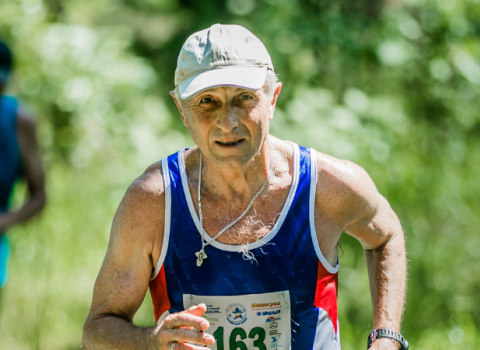
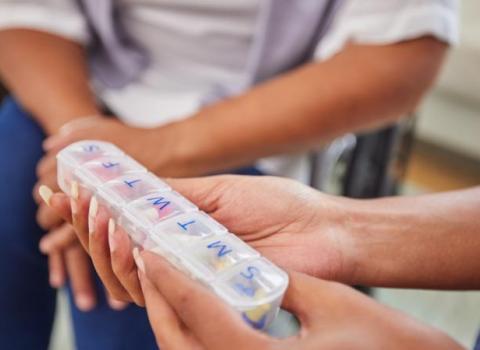
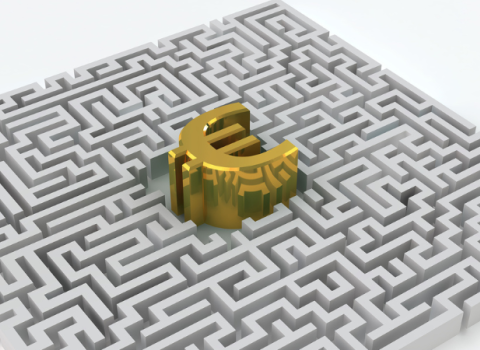
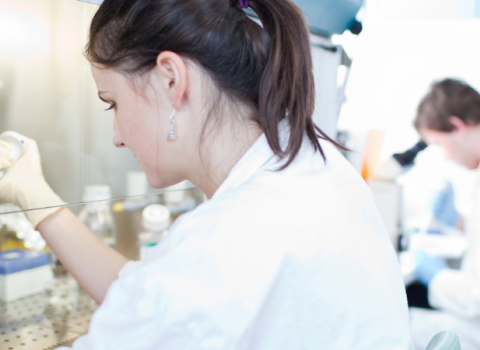

 A unique international forum for public research organisations and companies to connect their external engagement with strategic interests around their R&D system.
A unique international forum for public research organisations and companies to connect their external engagement with strategic interests around their R&D system.